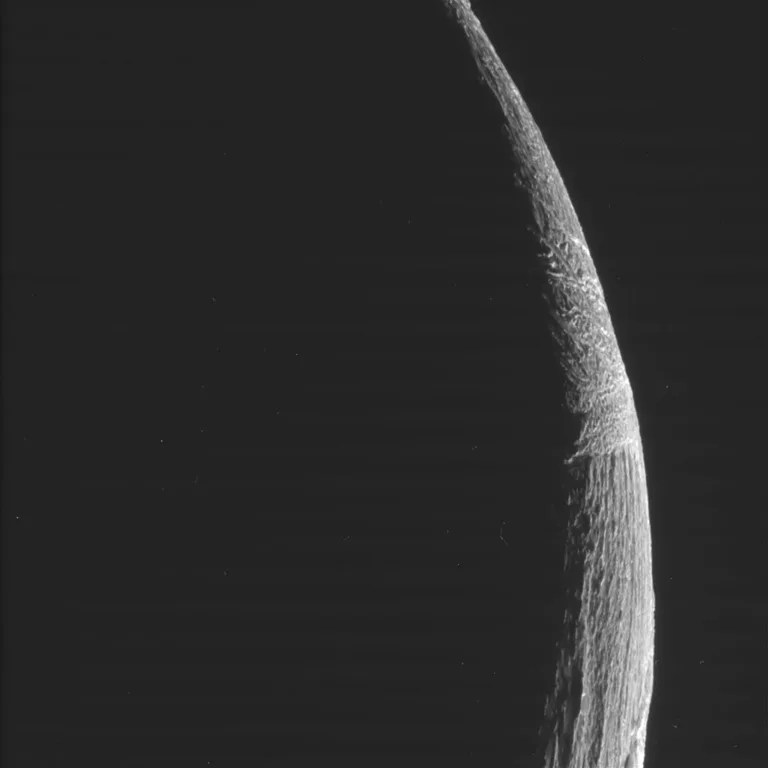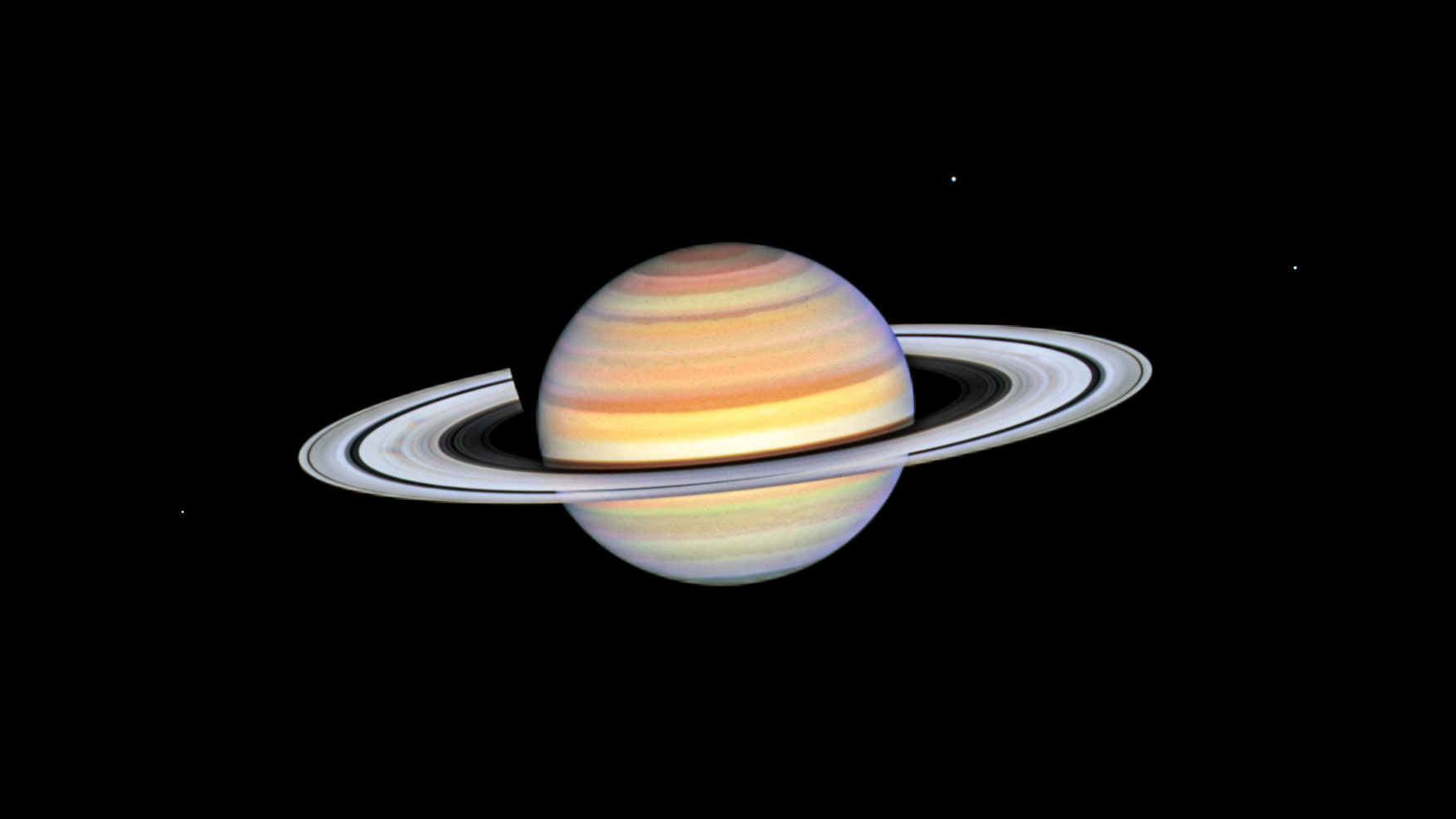1 min read

This raw, unprocessed image of Saturn's moon Enceladus was taken on Oct. 19, 2011.
The primary goal of this flyby was to obtain the first detailed radar observation of Enceladus. This was the first close radar pass of an icy moon besides Titan; the results will enable a comparison of the radar properties of a moon with a known composition (Enceladus) with that of Titan. The segment also included plume observations, the composite infrared spectrometer (CIRS) monitoring of hotspot activity, ultraviolet imaging spectrograph (UVIS) observations of Dione and its environment, and searches for Lagrangian companions of Enceladus and Rhea.
Date
Nov. 6, 2011
Altitude
308 miles (496 km)
Speed
17,000 mph (7.4 km/sec)
Share
Details
Last Updated
Jan 24, 2024
Editor
NASA Science Editorial Team
Related Terms
Keep Exploring







